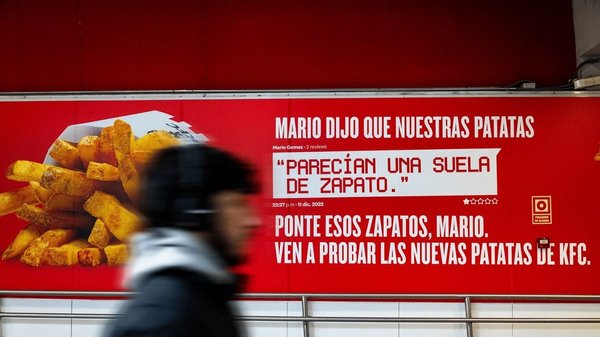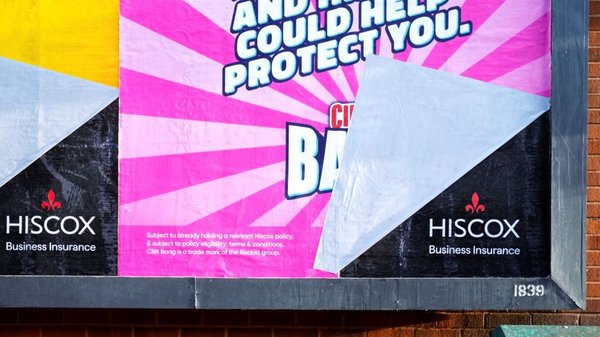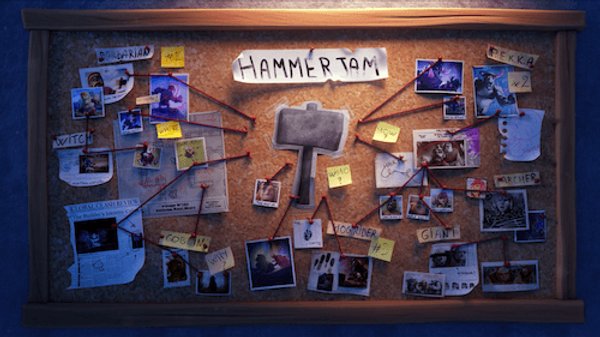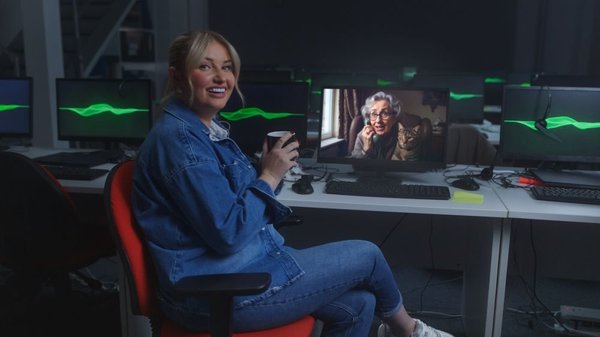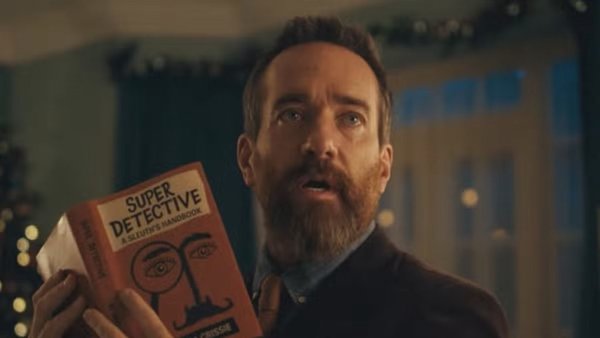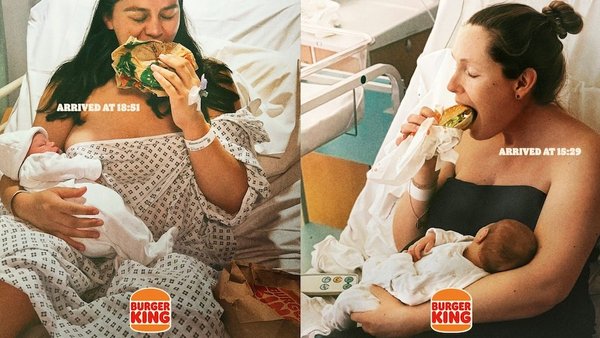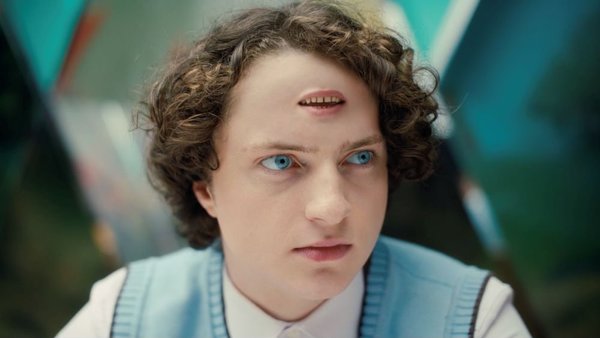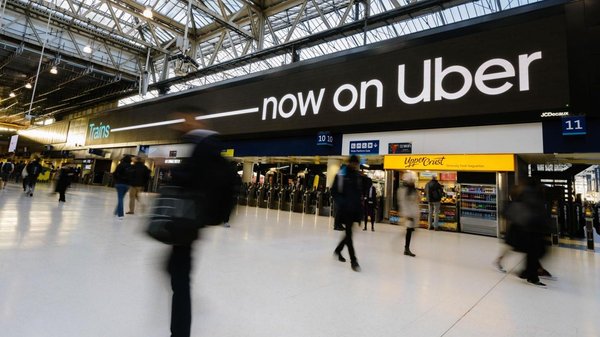Insight & Strategy
Insight & Strategy: #LikeAGirl /
Contagious speaks to Leo Burnett Canada’s CEO/CCO about the thinking behind Always' #LikeAGirl campaign
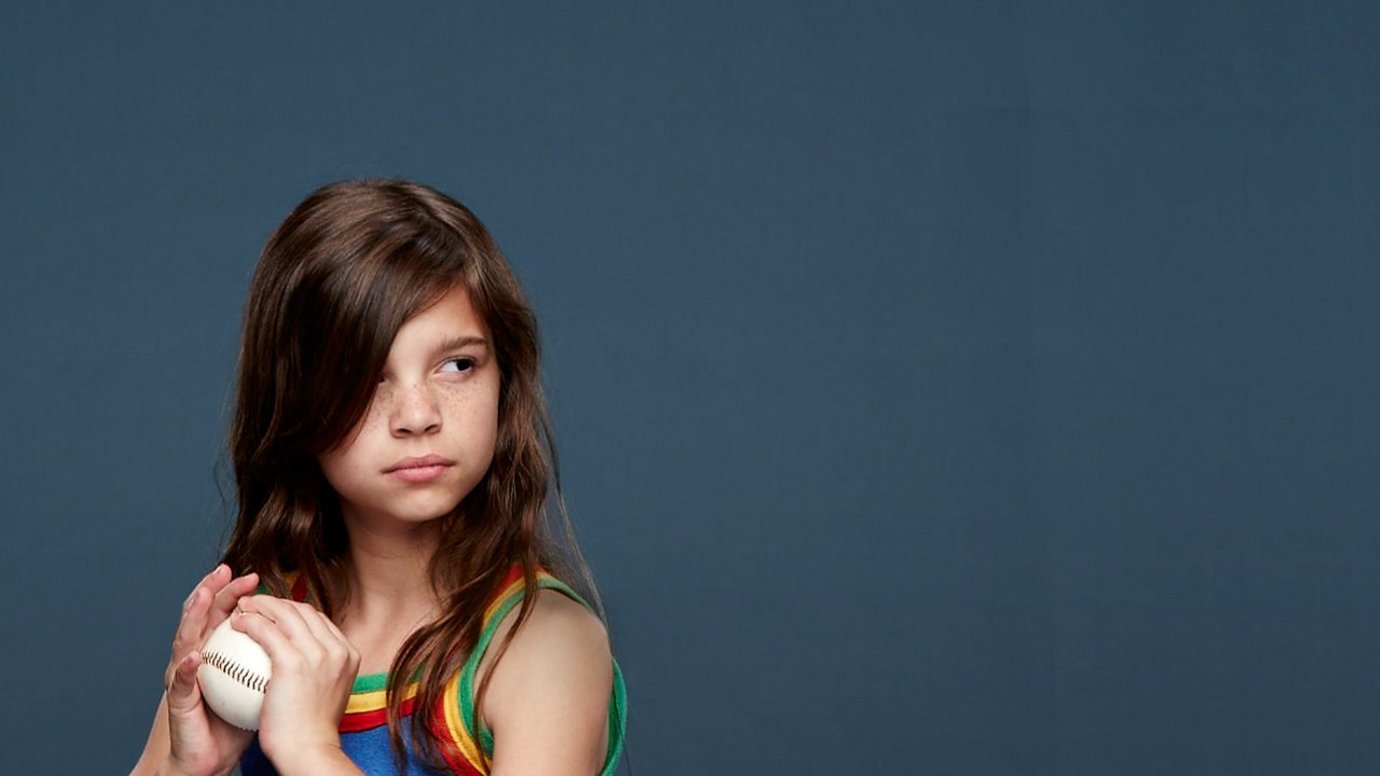
Background / Procter & Gamble-owned feminine hygiene brand Always broke from category norms last summer with an ad that tried to dismantle gender stereotypes.The brand’s #LikeAGirl campaign, by Leo Burnett, Chicago, London and Toronto, centres on a film that has a total view count of more than 85 million since the campaign launch in June 2014.The online spot shows boys and girls of various ages being asked to do different activities ‘like a girl’. As the younger children run and fight furiously with no inhibitions, the older participants flap their limbs around pathetically. According to the agency, only 19% of women have a positive association with the expression ‘like a girl'.
Always created a follow up version of the film for the Super Bowl in February, shortening it from three minutes to 60 seconds. Then, for International Women’s Day in March, Always encouraged girls to share photos, videos, Vines and Instagrams online to show ‘how awesome doing things #LikeAGirl really is’ with another online film, Stronger Together.According to P&G, 76% of women aged 16 to 24-years-old said that the #LikeAGirl video changed their perception of the phrase ‘like a girl’ and they no longer saw it as an insult. Meanwhile, two out of the three men said that the video had made them think twice about using ‘like a girl’ as an insult.
We caught up with Judy John, CEO and CCO at Leo Burnett Canada, to find out about the strategy behind the campaign and what she thinks about brands raising gender issues in their marketing.What was the client brief?The client brief was to change the world one girl at a time by championing girls’ confidence as they go through puberty. It was a really big goal.Can you outline what research you did?Our research shows that girls’ confidence drops at puberty, significantly more than boys', and rarely is it regained. If it does come back, it doesn’t happen until much later in life. As a brand that champions girls’ and women’s confidence, we knew we had to do something about this. Girls feel like they can do anything. And then they hit puberty and they find themselves questioning everything. They are trying to figure out what’s going on with their bodies, what’s going on with their lives and they start asking if it’s even good to be a girl.

I wish people would stop using the term 'femvertising'. It's just advertising that we should have been doing for decades.
Judy John, Leo Burnett Canada
How did you come up with the idea to specifically challenge the phrase ‘like a girl’?We were exploring all the different things that influence girls during this vulnerable time: media, experiences in school and what happens in the playground. We talked a lot about those different influences. We had a giant board exploring all the different things that influence girls during puberty and what affects their confidence. One day I walked into the room and saw one piece of paper with the hashtag #LikeAGirl. And something about that drew me in. We started talking about it and I asked the team, ‘Tell me about this idea. Even just that hashtag is so compelling.‘ They said this phrase had been around forever and it’s awful. Doing something ‘like a girl’ is seen as a terrible thing and that contributes to girls losing their confidence.As we started talking about it, there was so much energy in the room, we just knew it was true. There were a lot of people who had used the phrase, even women. There were so many different stories that people told. It really hit a nerve. And then we started looking at movies and there were a bunch of different times in films when they said the phrase, ‘You throw like a girl,’ ‘You hit like a girl,’ or ‘You cry like a girl.’ Then we started seeing it in the media as well.
How did you come up with the idea to specifically challenge the phrase ‘like a girl’?We were exploring all the different things that influence girls during this vulnerable time: media, experiences in school and what happens in the playground. We talked a lot about those different influences. We had a giant board exploring all the different things that influence girls during puberty and what affects their confidence. One day I walked into the room and saw one piece of paper with the hashtag #LikeAGirl. And something about that drew me in. We started talking about it and I asked the team, ‘Tell me about this idea. Even just that hashtag is so compelling.‘ They said this phrase had been around forever and it’s awful. Doing something ‘like a girl’ is seen as a terrible thing and that contributes to girls losing their confidence.As we started talking about it, there was so much energy in the room, we just knew it was true. There were a lot of people who had used the phrase, even women. There were so many different stories that people told. It really hit a nerve. And then we started looking at movies and there were a bunch of different times in films when they said the phrase, ‘You throw like a girl,’ ‘You hit like a girl,’ or ‘You cry like a girl.’ Then we started seeing it in the media as well. What was the client's reaction when you presented the idea?When we presented it to the client they were blown away. They thought this is something that we could talk about and get people talking about. It was a shared feeling that we had hit something true and meaningful in girls’ lives that we could influence. Or at least start a conversation on. And then we had to figure out a way to bring that to life.

Why did you decide not to feature the product in the ad?We wanted this to be very much an emotional brand message, not a rational product message. We wanted to start a conversation and have people share it. With those goals in mind, we knew that having the product in there wasn’t going to make sense.How did you recruit the participants?We used the fantastic and talented director Lauren Greenfield. That was probably the most important decision we made in the making of [the campaign]. The team and I are big fans of her work. She is also a photographer and has a book called Girl Culture. She captures girls in such a real way and with a sensitive hand. She brings the humanity of what girls go through to life. She has this connection to a casting agency that specialises in casting real people. They handled the casting of the project through live auditions, video submissions and street casting. They went to some parks and talked to people there, so we got a large selection of different people.
How were the participants briefed?
They were told that we were casting people of all ages for market research and that possibly this could turn into a short film. They were told there was no preparation necessary, we would just ask them a series of questions. It was very much an experiment. We had some theories about what we would get: the younger girls would go all-out when we asked them to do things ‘like a girl’ and the older girls and boys would, for the most part, play into the stereotype. The video started off at five or six minutes. There was so much depth in the interviews and we wanted to include everything, but in the end we had to cut a lot out, just to make sure the message was really tight and succinct.
How did you decide which questions to ask them?
We wanted something that was highly visual. It’s hard to do more subtle things ‘like a girl’ and have it ring through. So that’s why we went with a very tight number of things like running, throwing, fighting, as those were probably the most visual and obvious.
Why do you think we are seeing a rise in brands using gender equality issues in their marketing?
I have been hearing the phrase ‘femvertising’ and I wish people would stop using that term because it’s just advertising that we should have been doing for decades now. It makes it sound like it’s special when it’s something we should have been doing anyway. I think a lot of things have changed and continue to change. There are more women in advertising at senior levels and female clients at senior levels. A lot of things have changed from a societal point of view, but also from a specific business point of view. With more women decision-making, we are seeing a more complete story and portrayal of how women really are.
We’ve had great results. It is rewarding to see that doing work like this does translate into business results [P&G declined to divulge specific sales figures]. Creatively we always want to have that relationship where great, meaningful work translates into good things for the brand as well.
Do you think the campaign has had a cultural impact as well?
I have stopped saying it [like a girl]. When I started working on the brand, I was embarrassed that I had used that term myself and not been thoughtful about it. So I am much more thoughtful about how I use language now. I have a 15-year-old daughter and I want a better world for her as she grows.
Want more of the same? /
We don’t just write about best-in-class campaigns, interviews and trends. Our Members also receive access to briefings, online training, webinars, live events and much more.
